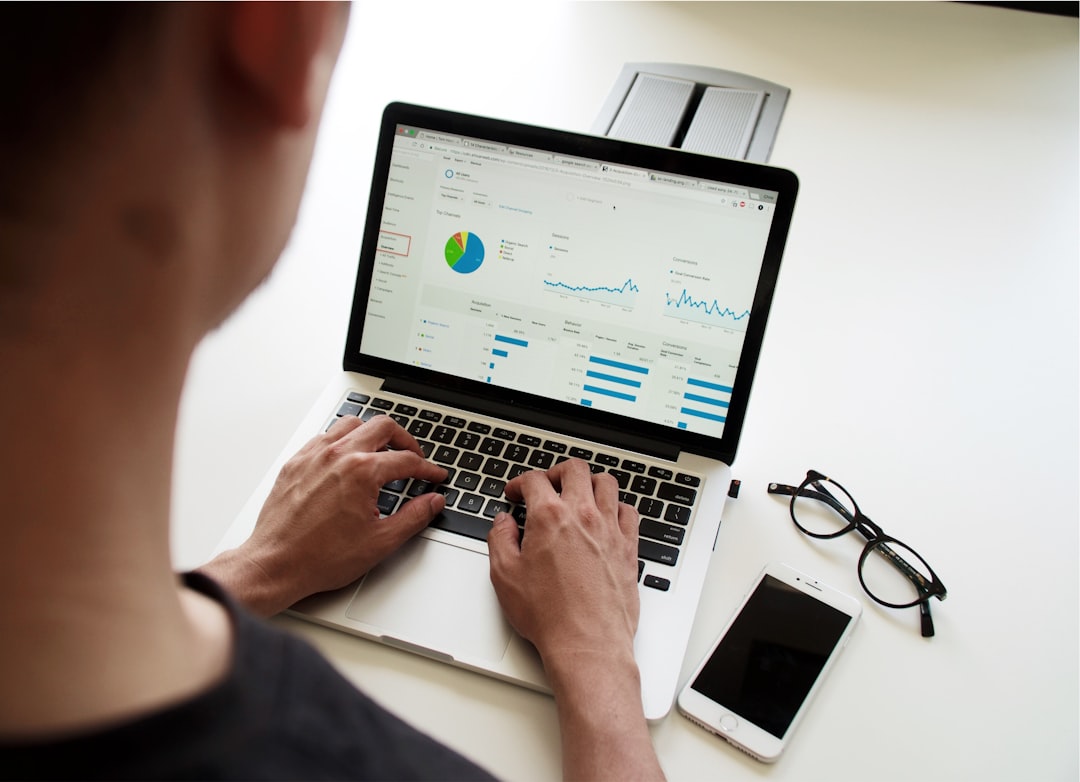
In-Depth Analysis of Recent Economic Changes: Insights and Implications
# Introduction. In the world of finance and commerce, change is the only constant. In recent times, the global economy has faced seismic shifts likened to tectonic plates moving beneath the surface. Whether driven by policy changes, social movements, or the aftermath of global crises, the economic landscape is perpetually evolving. This blog post aims to dissect the recent economic changes that have captured headlines worldwide, offering insights into what these shifts mean for individuals, businesses, and governments. # Understanding the Recent Economic Changes. Over the past few years, various factors have converged to create a complex economic environment. The COVID-19 pandemic acted as a catalyst, forever altering consumer behavior, business models, and employment practices. Furthermore, geopolitical tensions and supply chain disruptions have compounded these challenges. An analysis of these factors reveals several key trends: 1. **Digital Transformation**: Businesses that had previously resisted digitization found themselves thrust into remote work environments and e-commerce platforms out of necessity. This transition has prompted not only changes in consumer purchasing habits but also a re-evaluation of operational frameworks across industries. 2. **Inflationary Pressures**: A surge in demand coupled with supply constraints has led to the highest inflation rates seen in decades. Essential goods and services such as food, fuel, and housing have seen significant price increases, leading both consumers and policymakers to scrutinize their budgets and strategies more closely. 3. **Labor Market Dynamics**: The workforce has morphed dramatically, as employees re-evaluate work-life balance in light of new remote working possibilities. The Great Resignation has become a phenomenon, with millions opting to leave their jobs, prompting industries to rethink how they attract and retain talent. # The Role of Technology in Economic Change. Technology has been the backbone of many recent economic changes. The urgency to adapt digitally has led to innovative solutions that may have otherwise taken years to develop. Some noteworthy advancements include: - **E-Collaboration Tools**: Platforms like Zoom and Slack have enabled seamless communication, reinforcing the importance of connectivity in today’s work environment. - **E-commerce Surge**: As physical storefronts faced closures, online shopping became a lifeline for many retailers, with consumers quickly adapting to new shopping habits. - **Automation and AI**: Businesses are increasingly adopting AI and automation not only to enhance efficiency but also to mitigate vulnerabilities exposed during the pandemic. # Financial Markets: Reacting to Change. In recent times, financial markets have exhibited volatility as investors grapple with uncertainty. Interest rates, inflation, and shifts in consumer behavior heavily influence market performance. Notable events include: - **Stock Market Fluctuations**: Rapid changes in market sentiment have resulted in unprecedented rises and falls for stocks, particularly in tech-driven sectors. Investors remain wary of market overvaluation and the potential for correction. - **Cryptocurrency Popularity**: Digital currencies have continued their rise, becoming mainstream investment vehicles amid debates about regulation and legitimacy. Their unpredictable nature has prompted both excitement and caution among investors. # Policy Response to Economic Changes. Governments worldwide have implemented various fiscal and monetary policies to manage the fallout from recent economic changes. Key policies include stimulus packages aimed at supporting businesses and individuals through direct payments and enhanced unemployment benefits. However, these interventions also come with potential long-term consequences, including increased national debts and concerns over inflation. # Future Implications: What Lies Ahead? Predicting the future of the economy remains a challenging endeavor. Nevertheless, certain implications are evident: - **Increased Focus on Sustainability**: More consumers are prioritizing brands that align with their values on sustainability and ethical practices, pressing companies to adapt. - **Continued Remote and Hybrid Work Models**: The hybrid working model may become the norm, requiring organizations to invest in the necessary infrastructure and culture to support sustained remote workforce productivity. - **Globalization vs. Localization**: Shifts in supply chains and localized production efforts are likely to continue as businesses aim to become more resilient amid disruptions. # Conclusion. Economic change, while often daunting, can also serve as an engine of innovation and adaptation. By embracing technology, understanding market behavior, and responding to consumer needs, both individuals and businesses can navigate the complexities of the current economic landscape. As we look to the future, it is imperative to remain informed and agile, ready to capitalize on opportunities as they arise while also addressing the inevitable challenges that come with continual change. .





